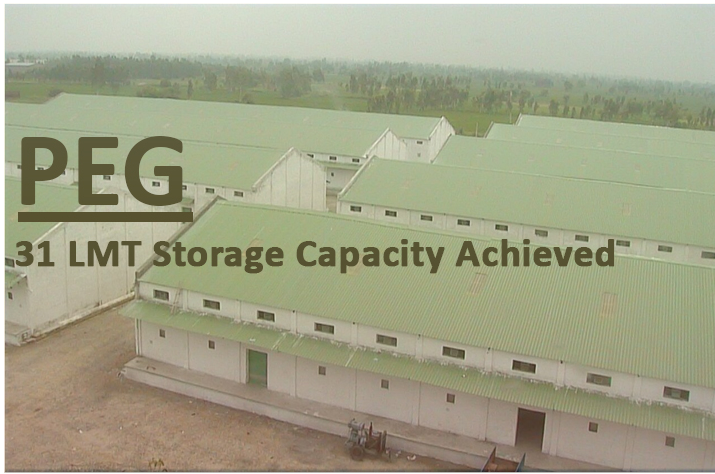About SSSC
Official Address
Contact Information
- 0172-2722012
- Visit Official Website
This organization has released 2 recruitment notifications in the last 3 years.
Expired / Closed Notifications
-
SSSC Invites Application for 759 Clerk Recruitment 2022Closed: Aug 27, 2022
Frequently Asked Questions (FAQs)
What is SSSC Full Form?
The Full Form of SSSC is Society for Centralized Recruitment of staff in Subordinate Courts. Candidates can know the Full Form of any company by visiting the respective company official website.
How to apply for SSSC?
Candidates can apply for SSSC !year from the official link provided in the recruitment page or visit the SSSC official website. The step wise procedure to apply for the SSSC !year will be mentioned in PDF released by SSSC. Candidates should read the instructions carefully before applying for SSSC !year.
How can I join in SSSC?
First candidates should check the official notification released by SSSC. Candidates should check the eligibility criteria given in the official notification PDF. Candidates should apply only when they meet the eligibility criteria. After applying SSSC will shortlist the eligible candidates and will intimate them to appear for the exam. Finally candidates can join the SSSC only when he/she qualifies in all the selection process set by the Company.
What is the Selection Procedure for SSSC?
The Selection Procedure for is Prelims Exam, Mains Exam and Interview. Candidates qualifying in the prelims exam will be eligible to appear for the mains exam. Those candidates who qualify in the mains exam will be eligible to appear for the interview which is the final stage. Candidates qualifying in all the selection process will be hired as in SSSC.







